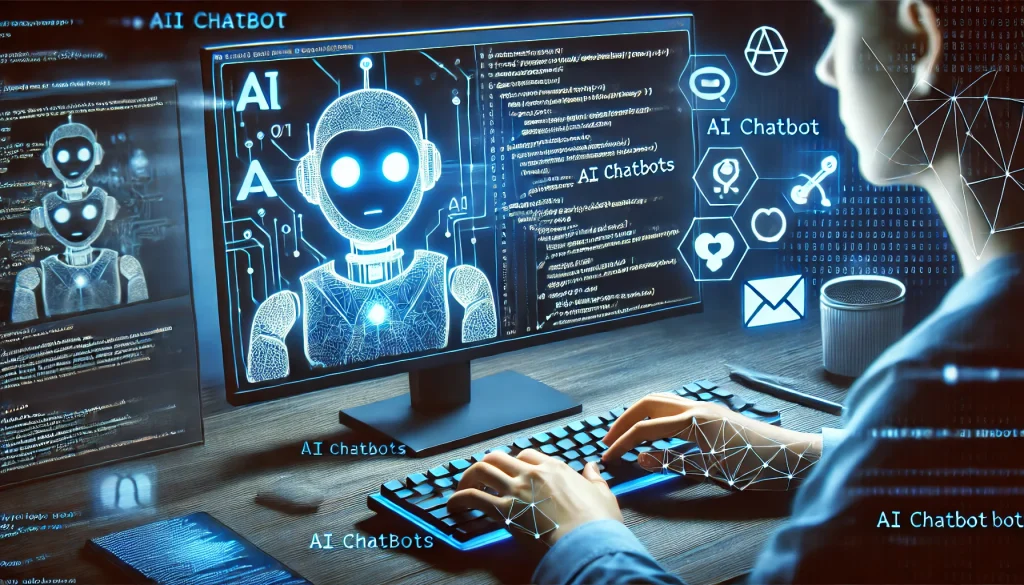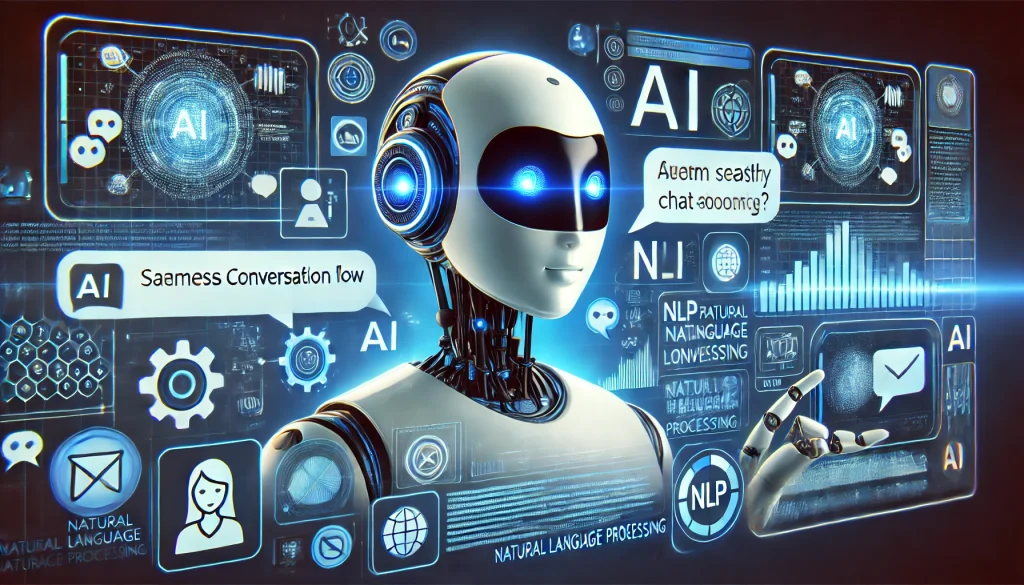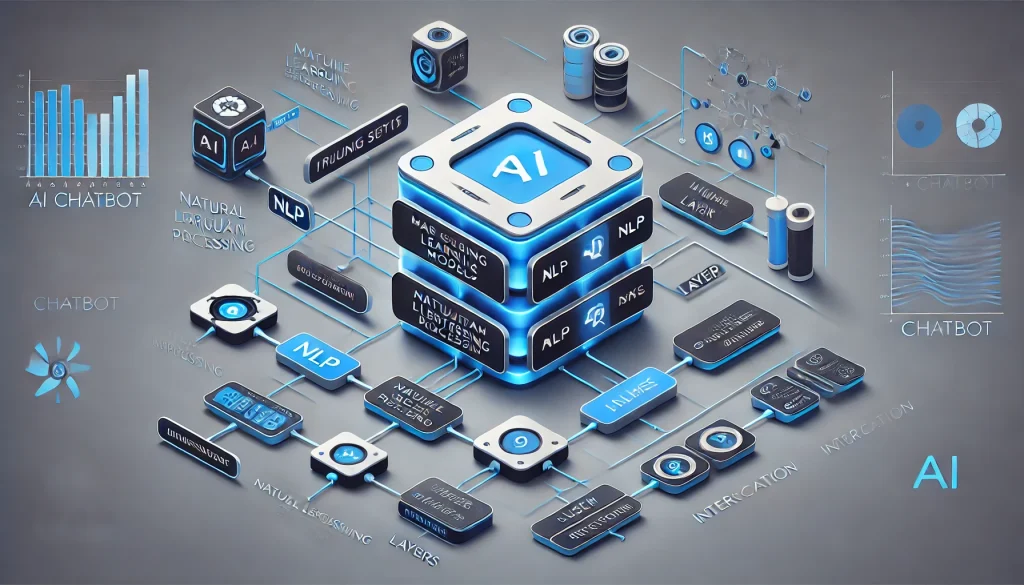
The rise of artificial intelligence (AI) is transforming industries, and one of its most practical applications is chatbots. In the fast-paced world of technology trends, building an AI chatbot has become a vital skill for businesses and developers alike. Whether you’re looking to automate customer service, build a virtual assistant, or engage users with an interactive chatbot, this tutorial is for you. In this article, we’ll walk through the entire process of creating your own AI chatbot using tools like Open AI’s ChatGPT and other essential software.
Materials or Tools Needed
Before we get started, there are a few tools and materials you’ll need to have on hand:
- API Access: ChatGPT or Open AI API for chatbot responses
- Development Environment: A code editor (e.g., Visual Studio Code)
- JavaScript Framework: Familiarity with Node.js for backend development
- API Documentation: Reference to Open AI’s API documentation
- Chatbot Platforms: Tools like Botpress or Chatbot.com for easy integration
Step-by-Step Instructions

Step 1: Define Your Chatbot’s Purpose
The first and most important step in building an AI chatbot is to clearly define its purpose. Will your chatbot assist with customer service, provide recommendations, or handle complex inquiries? Defining your chatbot’s role will shape the rest of the development process.
For example, if you’re building a chatbot for e-commerce, it should focus on helping customers browse products, place orders, and answer FAQs. This step ensures your bot stays focused and relevant, providing users with valuable information rather than random replies.
Step 2: Choose the Right AI Platform
The next step involves selecting the right AI platform. ChatGPT, developed by Open AI, is one of the most popular AI models for chatbot development. You’ll need API access from platforms like Open AI to integrate AI-driven responses into your chatbot. You can also explore other AI platforms, such as Microsoft’s Bing AI, to see which suits your needs best.
Once you’ve selected your platform, familiarize yourself with the API documentation, which will help you understand how to query the API for chatbot responses. For example, ChatGPT’s API enables you to send user input and receive natural language replies that sound human-like and relevant to the conversation.
Step 3: Set Up Your Development Environment
To build the backend of your chatbot, you’ll need a development environment. Setting up Node.js is essential for handling server-side operations. After installing Node.js, you can create a new project folder and install the necessary dependencies, such as the OpenAI Node.js package.
Use commands like npm install openai to get started. In your code editor, you will build the structure of your chatbot by writing scripts that call the ChatGPT API, process the user input, and output the appropriate responses.
Step 4: Train Your AI Chatbot with Data
AI chatbots rely on data to provide accurate responses. You’ll need to train your chatbot with relevant datasets so it can answer questions and handle various scenarios. For instance, if you’re building a chatbot for customer service, feeding it with common customer queries will make it more efficient.
Training also involves fine-tuning the language model for specific tasks. This ensures your chatbot doesn’t simply provide generic responses but tailors its answers to suit your application. Some chatbot-building platforms, like Botpress, offer visual tools for training without deep programming skills, making it easy to enhance your chatbot’s capabilities.
Step 5: Test Your Chatbot
Once you’ve set up the chatbot’s backend and trained it with data, it’s time to test. Testing your AI chatbot is essential to ensure that it provides meaningful, relevant, and accurate responses to user queries. Start by feeding it typical user queries, then try out more complex conversations to gauge its performance.
You may need to adjust the training data or tweak the API parameters to improve your chatbot’s conversational abilities. During testing, you should also keep an eye on how your chatbot handles failed queries, as you’ll want to ensure it doesn’t frustrate users with incomplete or irrelevant responses.
Step 6: Deploy Your Chatbot
The final step is deploying your AI chatbot. Depending on your chatbot’s purpose, you can integrate it into a website, mobile app, or messaging platform. Services like Botpress or Chatbot.com make it easy to deploy across various platforms with minimal hassle.
Deployment also requires monitoring the chatbot’s performance. Keep track of user engagement metrics and error rates. Over time, you may need to retrain the chatbot or optimize its response accuracy to maintain a high-quality user experience.
Do’s and Don’ts

Do’s:
- Use High-Quality Training Data: The better the data you train your AI chatbot with, the more accurate and helpful it will be. Ensure the data covers a wide range of possible questions.
- Continuously Improve Your Bot: AI is a learning tool. Regularly update your chatbot with new data and retrain it based on user interactions.
- Focus on User Experience: Ensure your chatbot is easy to use, quick to respond, and helpful in answering queries.
Don’ts:
- Avoid Overloading the Bot with Complex Tasks: Chatbots work best when they focus on specific tasks. Trying to make the chatbot handle everything can lead to poor performance.
- Don’t Skip Testing: Before deployment, thoroughly test the chatbot. Ignoring this step can lead to frustrating user experiences due to unhandled queries or miscommunications.
- Don’t Neglect Updates: AI evolves quickly. Regular updates to your chatbot ensure it stays relevant and useful.
Conclusion
Building an AI chatbot may sound complex, but following a systematic approach makes it manageable even for beginners. By defining the chatbot’s purpose, choosing the right AI platform, setting up a proper development environment, and regularly testing and improving your bot, you can create a powerful and user-friendly chatbot. Whether it’s for customer support or automating business tasks, AI chatbots are an incredible tool that can elevate any business’s digital presence.
FAQ
How much coding is required to build an AI chatbot?
Basic coding knowledge is needed, but platforms like Chatbot.com allow you to build chatbots with minimal programming.
What is the best AI platform to use for chatbot development?
ChatGPT by Open AI is one of the most popular, but alternatives like Microsoft’s Bing AI or Botpress are also excellent choices.
Can I integrate a chatbot with my existing website?
Yes, most chatbot platforms provide integration options for websites, apps, and even social media platforms.
Resources
- Beebom. How to Build Your Own AI Chatbot with ChatGPT API.
- Chatbot.com. How to Build Your Chatbot.
- CodeShack. Build an AI-Powered Chatbot using JavaScript.
- FreeCodeCamp. How to Build the Ultimate AI Chatbot by Following These Steps.
- Towards Data Science. How to Build Your Own Chatbot Using Deep Learning.
